It started out so well. I got caught in a rainy-season downpour in a Vietnamese monastery and sheltered under a gate.
Forced to chill for a while, I enjoyed seeing the greenery, the softly colored buildings and the rain mesh. Many monks passed through, and most relaxed with me for a few minutes. All were about 20 and said “Hello” with a smile. They might have been novices, but they moved with a refinement that made me wonder if they had meditated for many years.
But this idyllic Vietnamese scene was soon rudely interrupted by the country’s politics.
I heard chanting in one of the buildings so I walked towards it as soon as the rain let up.
I found a classroom with male students in their late teens and a teacher who was about 50. I thought I’d sneak a photo, but some of the students quickly saw me and smiled. I won’t publish it because I want to protect them. That’s why you’re looking at my mug in the first shot and different places in the others.
As soon as the teacher saw me he invited me in to sit with the students. The ones on the bench in the first row made a space for me in the middle.
I couldn’t understand a word that the teacher and students were saying, but there were lots of smiles. I had been embraced by this love of spontaneous fun in Southeast Asia thousands of times. Mix those with the natural and artistic beauty, and you can see why many Westerners become addicted to Southeast Asia when they discover it.
The guy on my left lifted my guidebook from our long common desk and started thumbing through it. So I took a look at his textbook. The others had the same book. Chapter One began with a picture of Ho Chi Minh. Every other chapter began with a shot of a serious-looking person in secular clothing. The book seemed to be imparting Vietnam’s political orthodoxy.
The above shot’s in Da Nang. I found a lot of modern Vietnamese architecture very cool. Its light and cheerful colors and its lilting forms reminded me of many of the pagodas that grace the land. As in China, most people in the middle class just want to make money and have fun, so they ignore the government’s heavy-handedness whenever they can.
But the small middle aged man who suddenly came in the classroom wasn’t smiling. He beelined it to the teacher, and the latter immediately stepped to me and sheepishly said, “You need to go.” I figured that the man was responsible for keeping the class tightly controlled, so I promptly got up and headed towards the door. I thanked the teacher, and he smiled. The supervisor was standing at the door with a hostile expression, and he looked like he wanted to interrogate me. I used the same fluid motions that I saw in the monks at the gate, glided past him and walked through the yard towards my bike.
I admit that the above shot isn’t an entirely fair comparison. The monk Thich Quang Duc used this car to go to the site where he set himself on fire in 1963–pictures of him burning in front of it spread all over the world. He was protesting South Vietnam’s president, Ngo Dinh Diem. As an ardent Catholic from a wealthy mandarin family, Diem was very corrupt and had no sympathy for Buddhists, so he was suppressing them.
Vietnam’s current government might not be overtly suppressing Buddhists, but it seems to be as serious about managing people’s faiths to protect its own power. I look about as dangerous as a shih-tzu puppy in the above photo–since the supervisor was so quick to run me out, he must have had strict orders to hold the Party line. Maybe the students and I were smiling too much.
But fun-loving people being put down by fun-stopping governments and foreign armies is also a timeless Vietnamese theme. These two experiences have clashed throughout the more than 2,000 years of Vietnamese history. Immerse yourself in Vietnamese culture deeply enough and it will really pull your heartstrings.
Cambodia also gave me a lot of dramatic moments during this trip.

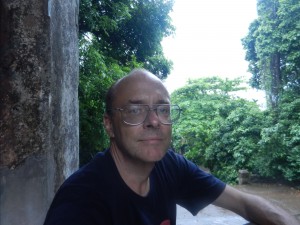
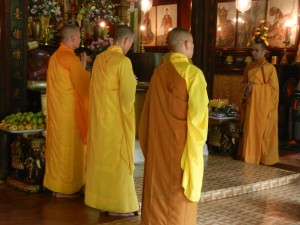
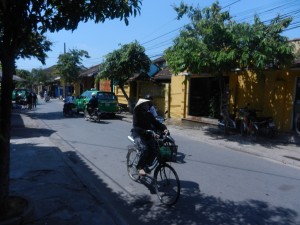
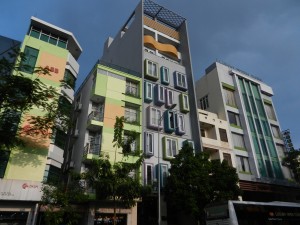
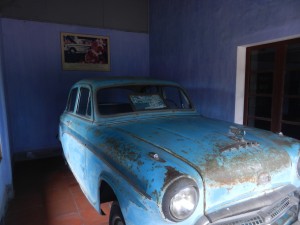
Comments on this entry are closed.